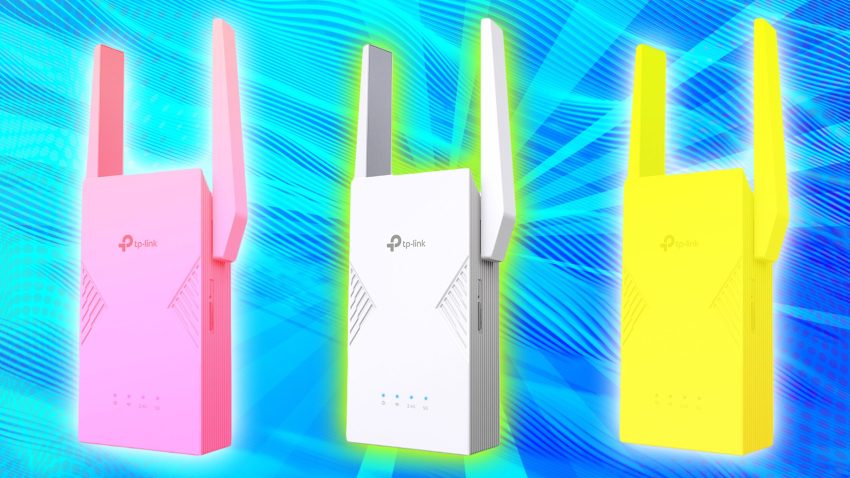Strategic Placement of a Wi-Fi Extender
Optimizing your home’s Wi-Fi coverage can significantly improve your daily digital experience. A well-placed Wi-Fi extender can help eliminate dead spots and ensure consistent connectivity throughout your space. However, the success of this device depends on several factors, including its placement, the environment, and compatibility with your existing network setup.
Avoid Common Mistakes When Setting Up Your Extender
One of the most common errors users make is placing the extender either too far from or too close to the router. The ideal location for a Wi-Fi extender is in a spot that allows it to receive a strong signal from the router while also extending it to areas where coverage is weak. If the extender is placed too far away, it may not be able to pick up the router’s signal at all, which defeats the purpose of using it. On the other hand, placing it too close to the router means you’re not maximizing the extended coverage.
Finding a middle ground is essential. Consider the square footage of your home and the coverage area of your current router. If your home is large, you might need multiple extenders or even an upgraded router to meet your needs. For example, if your router is located at one end of the house, placing the extender somewhere in the middle can help bridge the gap between the router and the dead zones.
Understanding the Impact of Obstructions
Physical barriers such as walls, floors, and furniture can interfere with Wi-Fi signals. Thick walls made of materials like concrete or metal can severely weaken or block the signal. In such cases, it might be necessary to use multiple extenders strategically placed to ensure full coverage.
For instance, if you live in an apartment with thick stone walls, you may find that the Wi-Fi signal struggles to reach different rooms. A Wi-Fi extender can help by capturing the weaker signal and amplifying it for the affected areas. However, if the extender is placed in an area where the signal is already too weak due to obstructions, it won’t be effective.
Managing Interference from Other Devices
Many devices in your home can interfere with your Wi-Fi signal. Smart speakers, refrigerators, security cameras, gaming systems, and even microwaves can cause disruptions. These devices often operate on the same frequency as Wi-Fi, leading to signal congestion and slower performance.
To minimize interference, try to place your Wi-Fi extender away from other electronic devices, especially those that emit signals on the 2.4 GHz band. Additionally, consider using the 5 GHz band if your router supports it, as it typically offers faster speeds and less interference.
Ensuring Compatibility Between Router and Extender
Another crucial factor is ensuring that your Wi-Fi extender is compatible with your router. This includes matching security settings and encryption protocols. Most modern routers use WPA3 or WPA2, which are widely supported by extenders. However, older routers may use WEP or TKIP, which could pose compatibility issues.
Before purchasing an extender, check your router’s specifications to ensure that the extender supports the same security protocols. This will help avoid connection problems and ensure smooth operation.
Conclusion
Setting up a Wi-Fi extender correctly can transform your home network, eliminating dead spots and improving overall connectivity. By avoiding common mistakes, considering environmental factors, and ensuring compatibility, you can maximize the effectiveness of your Wi-Fi setup. Whether you’re working, streaming, or gaming, a well-optimized network can enhance your productivity and enjoyment.
